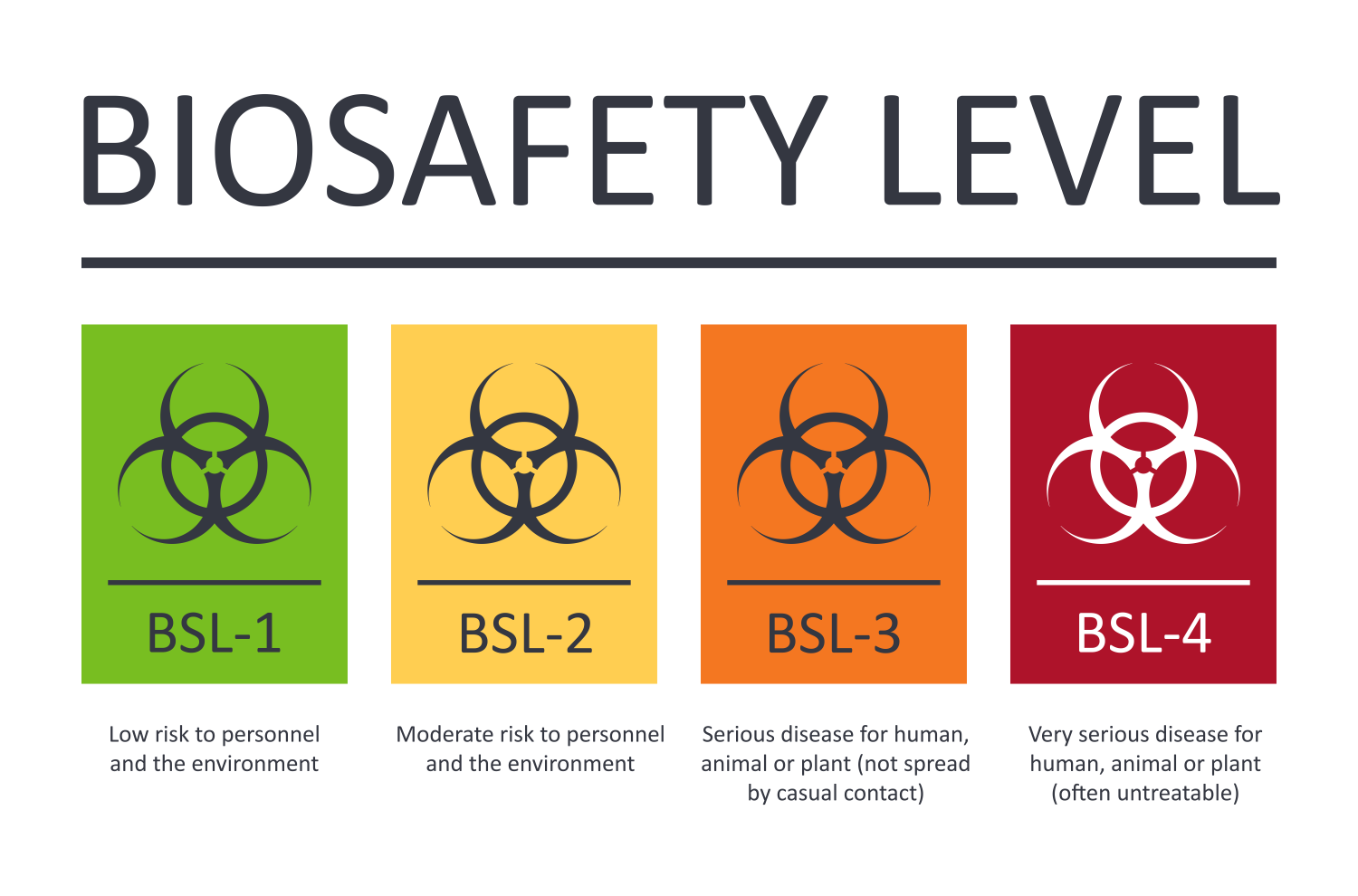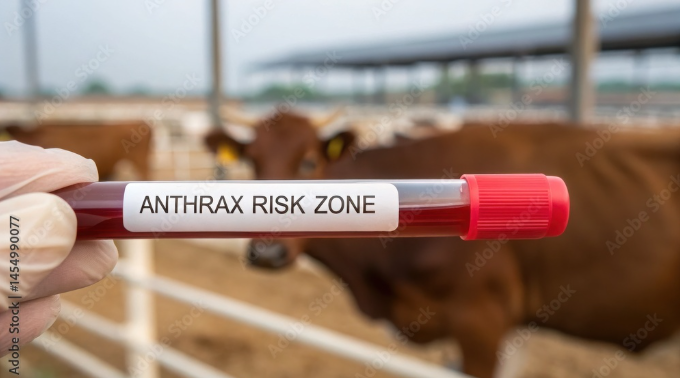2025 Public Health Laboratory Newsroom
Safely Working With Dangerous Organisms at the Minn. Public Health Lab
The Public Health Laboratory, a division of the Minnesota Department of Health, tests samples for the world’s most dangerous biological pathogens. Many of these pathogens can spread very easily to cause infectious diseases. Some can be weaponized for biological terrorism.
 The Minnesota Infectious Disease Laboratory, a section of the Public Health Laboratory, has a Biosafety Level III space for containing the most dangerous organisms, which are known as federal select agents. These agents are the deadliest and/or lack effective treatment options. Examples include ricin, anthrax (pictured, right), and botulinum neurotoxins, which cause botulism.
The Minnesota Infectious Disease Laboratory, a section of the Public Health Laboratory, has a Biosafety Level III space for containing the most dangerous organisms, which are known as federal select agents. These agents are the deadliest and/or lack effective treatment options. Examples include ricin, anthrax (pictured, right), and botulinum neurotoxins, which cause botulism.
Hospitals and other organizations have labs that take samples from patients and test them for more everyday pathogens, like those that cause the flu or a cold. Such labs are seldom equipped to handle federal select agents or other dangerous organisms. These labs must send any sample suspected of containing the most dangerous pathogens to the Minnesota Infectious Disease Laboratory.
Extra Levels of Safety Precautions
 Safety is of course of paramount importance in a testing environment like that of the Minnesota Infectious Disease Laboratory. The most important safety measures are found in the equipment and the lab building itself. Systems like biosafety cabinets keep scientists physically separated from the substances they are testing. The building housing the Public Health Laboratory has a specialized air system with negative pressure that ensures any air from the Biosafety Level III space does not enter other office areas. (For more on this unusual airflow system, see Lab Construction Brings Immediate Benefits.)
Safety is of course of paramount importance in a testing environment like that of the Minnesota Infectious Disease Laboratory. The most important safety measures are found in the equipment and the lab building itself. Systems like biosafety cabinets keep scientists physically separated from the substances they are testing. The building housing the Public Health Laboratory has a specialized air system with negative pressure that ensures any air from the Biosafety Level III space does not enter other office areas. (For more on this unusual airflow system, see Lab Construction Brings Immediate Benefits.)
Personal protective equipment (PPE), such as gowns, gloves, and respirators, is a firm requirement for all scientists when testing for dangerous organisms. No one is even permitted to bring earbuds into testing areas because they compel people to unconsciously touch their faces, which is strictly prohibited. Despite the rigorousness of these precautions, PPE can be no more than a secondary line of defense in the Biosafety Level III space. PPE alone would be inadequate because it cannot cover every possible point of exposure.
Spreading the Word on Biosafety
 The Minnesota Infectious Disease Laboratory employs a biosafety coordinator to monitor safety procedures and train staff. Another key element of the role is to advise those in hospitals and other organizations who pack and ship potentially dangerous substances to the Infectious Disease Laboratory. Intricate procedures must be followed to avoid exposing the submitters or anyone who may come near the package to potential harm.
The Minnesota Infectious Disease Laboratory employs a biosafety coordinator to monitor safety procedures and train staff. Another key element of the role is to advise those in hospitals and other organizations who pack and ship potentially dangerous substances to the Infectious Disease Laboratory. Intricate procedures must be followed to avoid exposing the submitters or anyone who may come near the package to potential harm.
The biosafety coordinator also provides free training to hospitals and clinics on how to keep their laboratories safe. This work is not part of any regulatory capacity. The role does not entail sanctioning organizations or writing reports on compliance. The biosafety coordinator simply provides a free public service that helps people avoid exposure to harmful substances.
The mission of promoting and improving safety across the world extends to other governmental laboratories. Recently, the Minnesotan biosafety coordinator, Eric Lundquist, helped a counterpart in the Kansas Public Health Laboratory, who was new to his role, develop training. It is vital for state public health laboratories to cooperate in this way. There are few people in the United States who own expertise in biosafety training and coordination for working with federal select agents and other especially dangerous pathogens.
Biosafety training and coordination for federal select agents is a prime example of a very specialized field that is necessary for facing potential threats to public health. It demonstrates how governmental public health laboratories provide important functions that few people may be aware of.
Return to the 2025 Public Health Laboratory Newsroom.